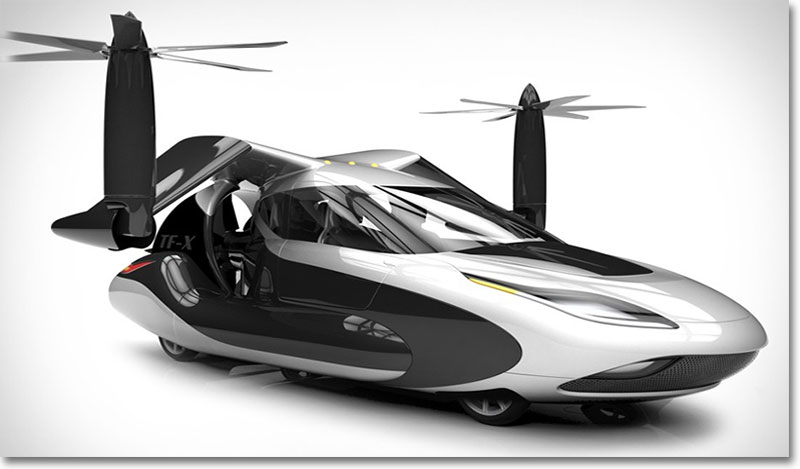In a world constantly evolving with technological advancements, the future of transportation is being reshaped in ways that once belonged solely to the realm of science fiction. Among the most exciting developments is the concept of flying cars—a transformative innovation that promises to revolutionize how we travel. For investors and early adopters, the time to consider flying cars as a viable investment is today.
1. The Current State of Flying Car Technology
Flying cars are no longer a distant dream. Technological advances in aeronautics, electric propulsion, and autonomous systems have brought us to the brink of this reality.
While challenges remain, such as infrastructure development and regulatory approval, flying cars are closer to mass adoption than ever before. The current state of technology is already pushing boundaries, and new innovations in energy efficiency, AI, and materials science promise to make flying cars more affordable and accessible in the coming decades.
2. The Economic Impact of Flying Cars
Investing in flying cars isn’t just about the thrill of futuristic technology; it’s about the significant economic potential these vehicles hold.
In the broader economy, flying cars promise to reduce congestion, lower emissions (especially with the focus on electric propulsion systems), and improve productivity by cutting travel times. This could stimulate new businesses and industries, making cities more competitive and sustainable. For investors, early entry into this market could yield high returns as adoption scales up.
3. Why Now is the Time to Invest
The question on many investors’ minds is: why invest in flying cars today? There are several compelling reasons for considering an investment now, rather than waiting for mass adoption.
First-mover advantage: Companies that are currently developing flying cars are positioning themselves as pioneers in this emerging industry. Historically, early adopters of transformative technology (such as electric vehicles or the internet) have seen substantial returns on their investments.
Government backing: Governments around the world are also beginning to recognize the potential of flying cars. Many are creating regulatory frameworks, providing funding for research, and even collaborating with private companies to build the necessary infrastructure.
4. Overcoming Challenges in Flying Car Adoption
For investors, understanding these challenges is critical to assessing the risk and potential rewards of investing in flying car technology.
Regulation: One of the biggest hurdles is the regulatory landscape. This means that early investment in flying car companies needs to account for a period of regulatory uncertainty.
Public Perception: The public may also need time to become comfortable with the idea of flying cars. Safety concerns, noise pollution, and the cost of adoption are potential barriers that could delay widespread acceptance.
5. Environmental Impact and Sustainability
One of the most significant benefits of flying cars is their potential to positively impact the environment. Many of the current prototypes are electric-powered, meaning they could significantly reduce carbon emissions, particularly in urban environments where air pollution is a pressing concern. Additionally, flying cars can reduce traffic congestion, which is another major contributor to pollution in cities.
Flying cars can offer a sustainable solution to the growing challenges of urbanization. By reducing reliance on traditional vehicles, flying cars can help cut down emissions and promote cleaner, greener cities.
6. Potential for Autonomous Systems Integration
Just as self-driving cars are becoming a reality, so too are flying cars with automated navigation and control systems. This would make flying cars more accessible to the average consumer, as users wouldn’t need a pilot’s license or extensive training to operate them.
The integration of AI and machine learning technologies into flying cars presents a new frontier for transportation. Companies that invest in these areas are likely to be at the forefront of innovation, and early investors in these technologies could see massive growth as the systems become more refined and capable.
7. Conclusion: A Vision for the Future
The future of transportation is on the cusp of a significant transformation, and flying cars are at the forefront of this change.
As cities continue to grow and traffic congestion worsens, flying cars offer a promising solution that aligns with the global push for sustainability and smarter urban planning.
Investing in flying cars today is not just about imagining a future where personal air travel is commonplace—it’s about actively shaping that future. The transportation industry is changing, and flying cars are leading the way into a new era of mobility. Now is the time to take a closer look at this exciting technology and consider the role it could play in both transportation and investment strategies of tomorrow.

